Create a free profile to get unlimited access to exclusive videos, breaking news, sweepstakes, and more!
10 Books You Didn't Know Were Banned in Prisons
Prisons in the United States can ban books arbitrarily. Here are some "dangerous" books that may surprise you.

Three state prisons were at the center of a media frenzy earlier this year when news spread that the institutions had banned Michelle Alexander’s “The New Jim Crow.” Libraries aren’t supposed to censor writers, but when we look at prison libraries, the rules aren’t always so cut-and-dry. The ALA’s Library Bill of Rights states that “libraries should challenge censorship in the fulfillment of their responsibility to provide information and enlightenment” but prison librarians are forced to partake in “complicated and arbitrary” censorship. In the case of prisons without libraries, mailroom staff bare the brunt of this decision making.
Censorship is as old as civil society. Dating back to the Roman Empire, censorship involves the suppression of writing, media and speech that are deemed too “controversial.” And within the United States, censorship can be traced to the arrival of the first colonizers--a discussion that remains lively, especially during Banned Books Week in September. Poor federal oversight and a lack of transparency mean that tens of thousands of materials are prohibited in prisons.
Organizations like Books to Prisoners, Prison Book Program, and many others, however, exist to address the informational barriers that exist for folks who are incarcerated and help by supplying them with new materials to read.
1. A People’s History of the United States by Howard Zinn
“A People’s History of the United States” debuted in 1980 to mixed reviews. Zinn’s book retraces the history of the United States, but told from the perspective of people whose voices and stories are often left at the margins. Fellow historians called Zinn’s account “pessimistic,” “bias,” “propaganda,” but many teachers have opted to use the National Book Award runner-up in classrooms across the country. While John Howard speculates why Guantanamo Bay has reportedly banned the text, Zinn’s hope that the book sparks “a quiet revolution” is probably reason enough.
2. Punk: The Definitive Record of a Revolution by Stephen Colegrave and Chris Sullivan
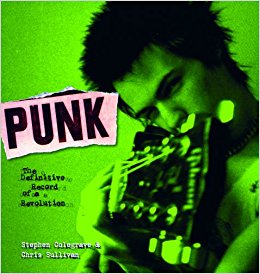
This coffee table book dedicated to the history of punk rock won’t be in North Carolina prisons any time soon. In May 2014, the scattered collection of interviews, photo essays, and a strong emphasis on the Sex Pistols was added to a list of disapproved publications managed by the state’s Department of Public Safety. Although there aren’t any recorded reasons for the censorship, perhaps the mentions of drug use are considered too severe.
3. The Color Purple by Alice Walker
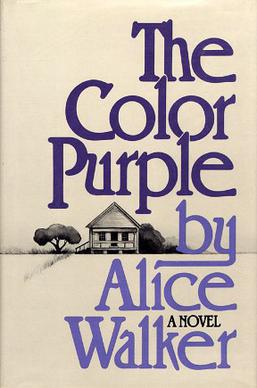
The Texas department of criminal justice’s (TDCJ) list of banned publications exceeds 10,000 titles and includes Alice Walker’s classic “The Color Purple”. While specific details about the bans aren’t included on the list, Walker’s text is likely prohibited of TDJC’s policy which denies all books that contain “graphic presentations’ of illegal sex acts.” “The Color Purple”includes explicit accounts of sexual abuse and trauma—though it’s really a book about survival, resilience, and independence.
4. Dungeons & Dragons rulebooks
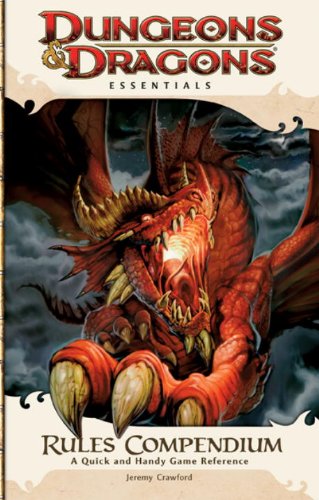
Pretending to be a gaggle of cloaked elf wizards or troupe of singing halfling bards doesn’t exactly sound scary, but for incarcerated people in several states within the U.S., this type of activity is forbidden. A master list of excluded materials from the Michigan Department of Corrections noted D&D manuals alongside Magic: The Gathering rulebooks and RPG magazines.
Why? “Threat to the order and security of the institution; role play.” Other facilities in fear of the creative game include those in Wisconsin and Idaho, but some prisoners are still finding a way to play.
5. The Diary of Young Girl by Anne Frank
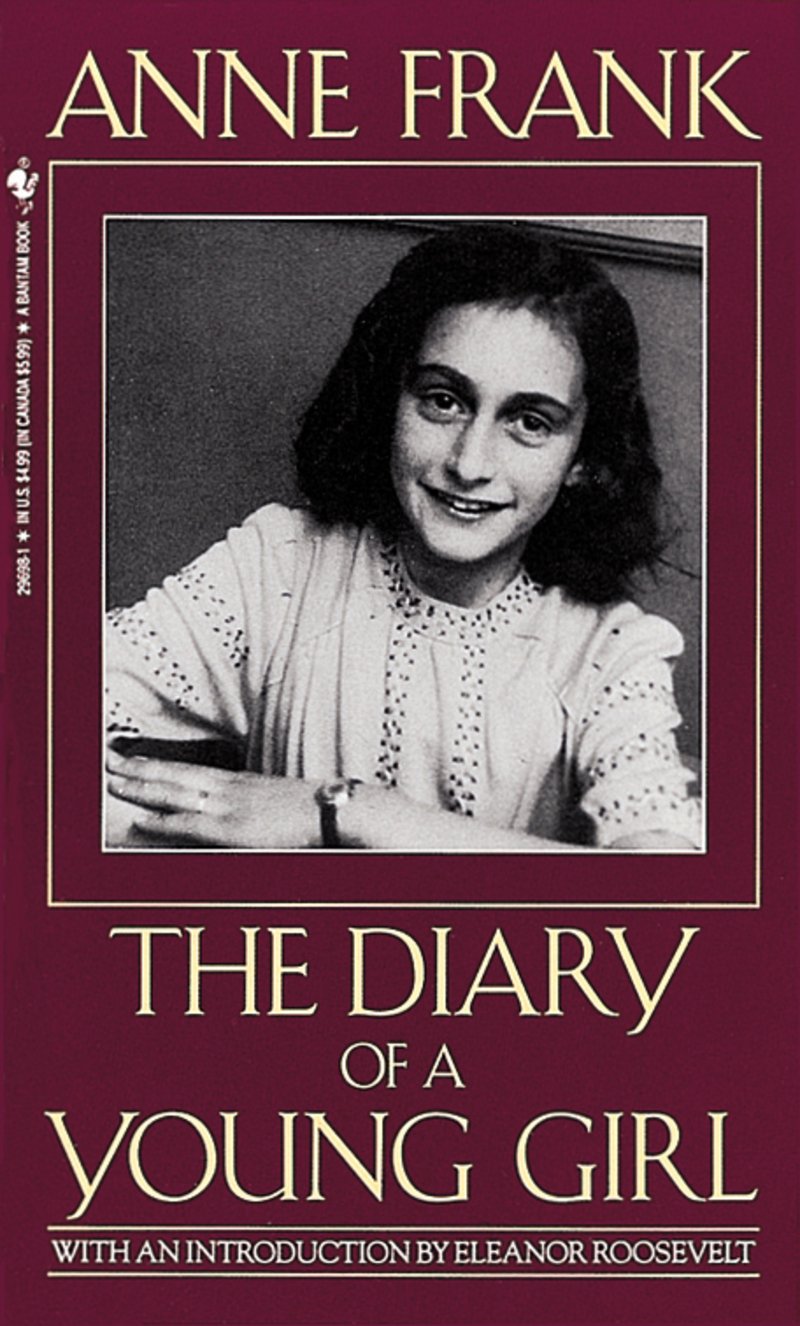
As a quarter of Guantanamo Bay’s prison population gears up to sue the U.S. government, folks currently held at the detention center are prohibited from the story of Anne Frank (as well as seeking due process.) In a series on the military prison by Vice, writer Ariel Levy speculates the institution prefers those being held remain silent and invisible: “It must be so surreal for those in Gitmo to know that the whole world knows they’re there… and it doesn’t seem to matter.”
6. Middlesex by Jeffrey Eugenides
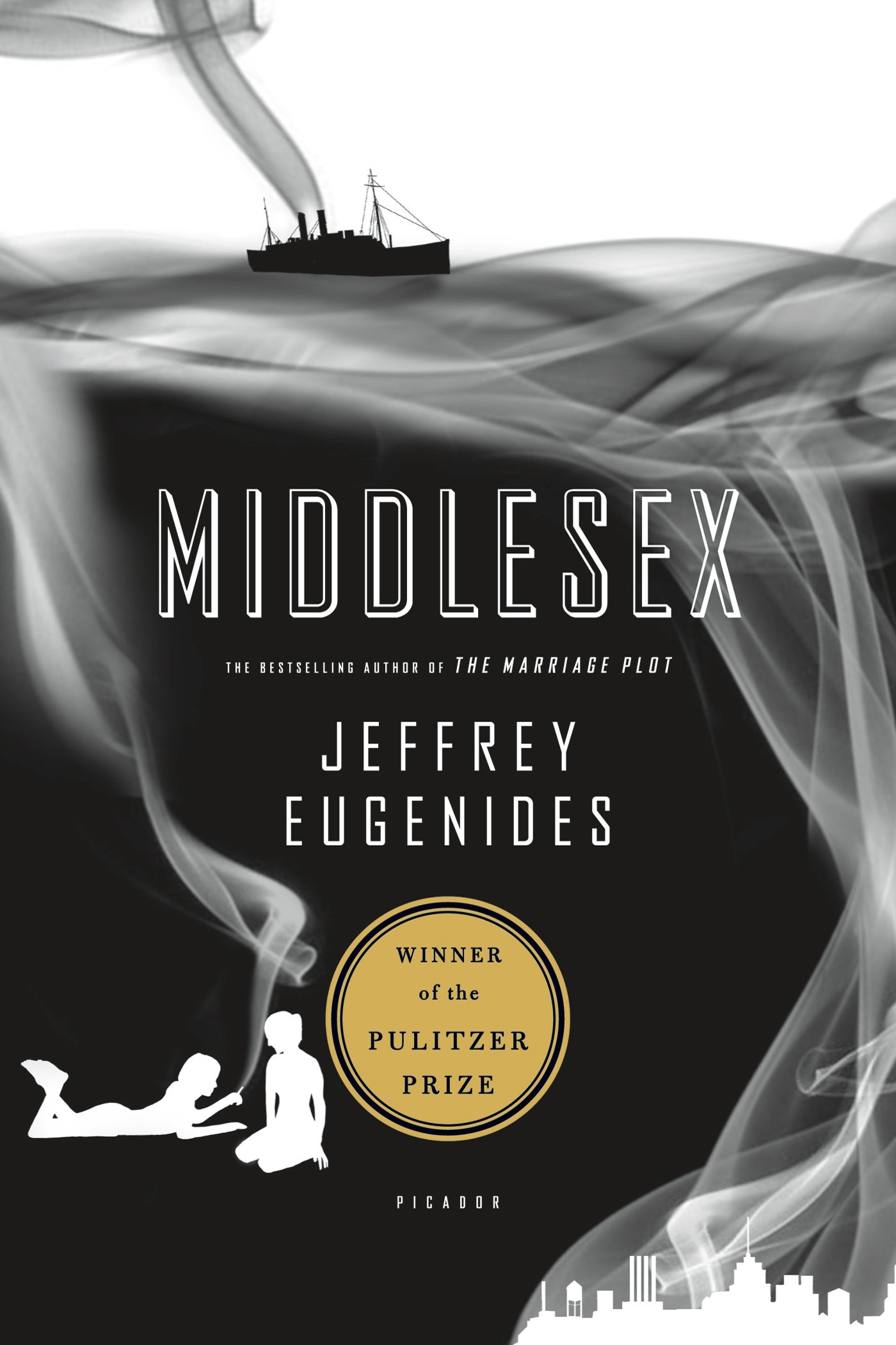
This epic 2002 saga follows the story and lineage of Cal Stephanides, a Greek American intersex man. The bestseller earned Eugenides a Pulitzer Prize award and a coveted feature in Oprah’s Book Club. “Middlesex” retells the stories of his ancestors, and the main character’s parents’ incestuous relationship. While intersex children definitely aren’t all born from incest, this theme likely merits censorship in the eyes of the Texas Department of Criminal Justice.
7. Books on computer programming and coding
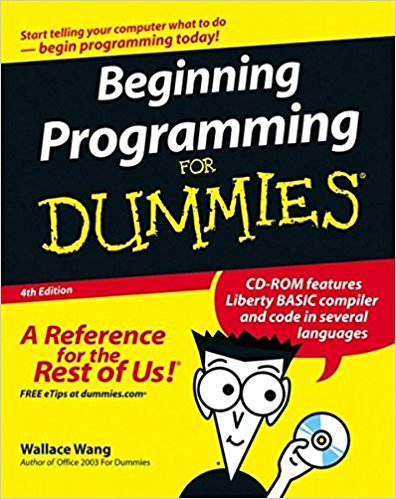
While San Quentin continues to shed its menacing reputation by offering progressive rehabilitative programming including a coding school, Ohio prisons outright banned programming and designs books. In an email to media outlet, MuckRock, the Ohio Department of Rehabilitation and Corrections said they have “a publication screening process which is in place to prevent materials from entering the facility that may compromise security.”
8. Her Body and Other Parties by Carmen Maria Machado
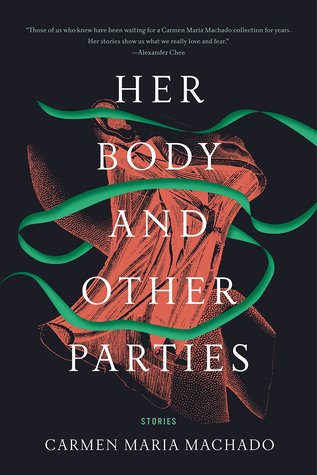
Carmen Maria Machado’s debut short story collection (and fiction finalist for the National Book Award) is an electrifying blend of horror, fantasy, and explorations of love. Shortly after its 2017 release, however, Machado’s publishers received notice that the material was denied by the Missouri Department of Corrections as it “contains inappropriate sexual behaviors, sexually explicit materials, and pictures.” Graywolf Press has filed an appeal.
9. The Rose that Grew from Concrete by Tupac Shakur
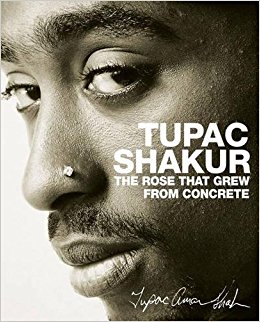
A collection of beautifully tender poems written by hip hop legend Tupac Shakur were posthumously released in 2009. “The Rose that Grew from Concrete” explores love, injustice, and systematic oppression in true Shakur style. But according to the Michigan DOC, this material is a “threat to the order and security of the institution.”
10. The New Jim Crow by Michelle Alexander
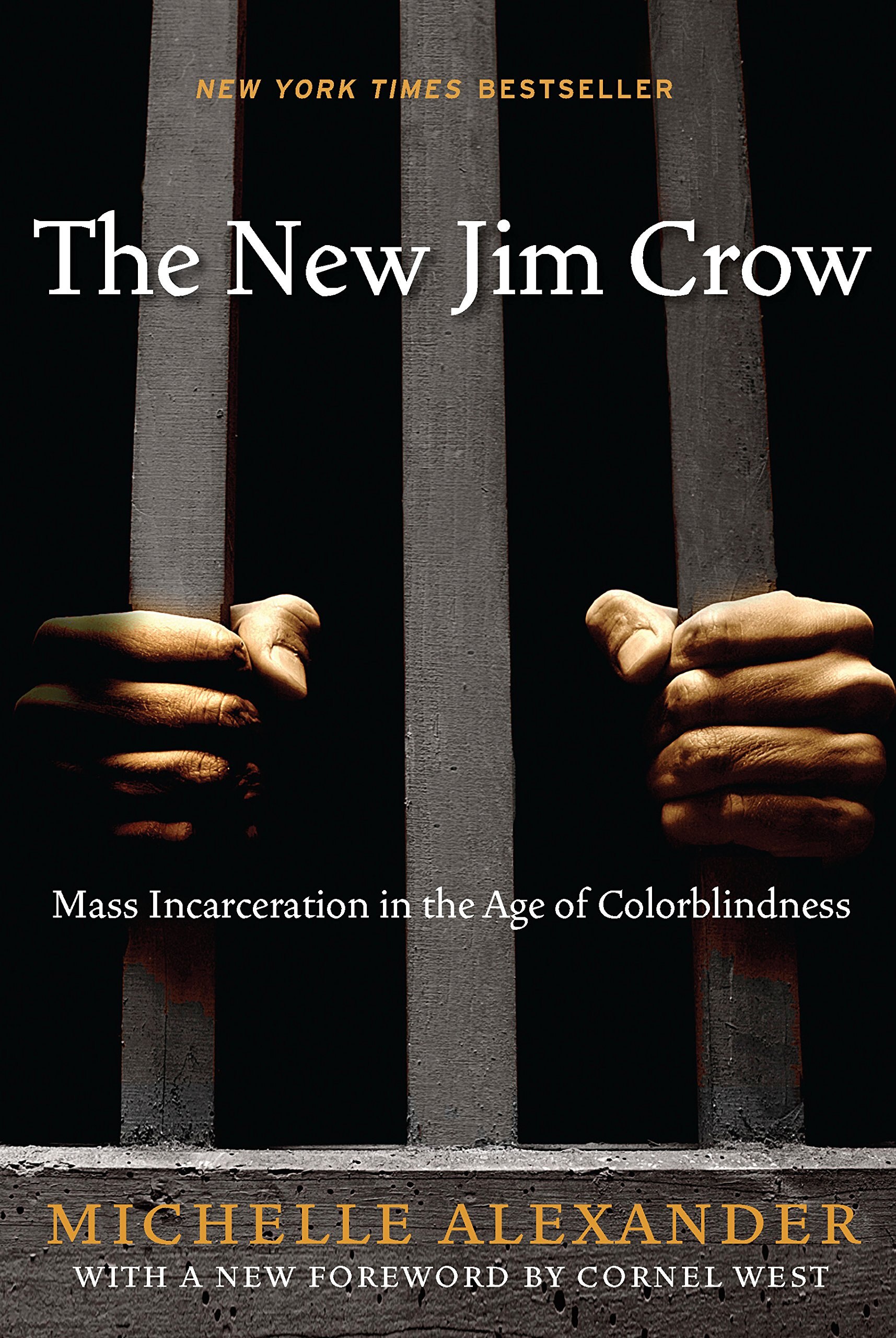
When several media outlets reported several prisons had banned Michelle Alexander’s “The New Jim Crow” which tackles the prison industrial complex, mass incarceration of Black men, and grave disparities within the prison system, the ACLU demanded an end to an “ironic, misguided and harmful” case of censorship.While North Carolina’s Department of Public Safety and the DOC in New Jersey quickly reversed their decisions under pressure, the ban is still active in Florida prisons. North Carolina’s cited “racial overtures” as the source of the ban.
Books are powerful—and that is why they are dangerous objects to existing power structures, to hegemony. Reading can inspire change and new ideologies. When correctional facilities ban materials for fear of “disruption,” we need to question why prison libraries are any different from the ones free citizens can access.
(Photos: Amazon)















